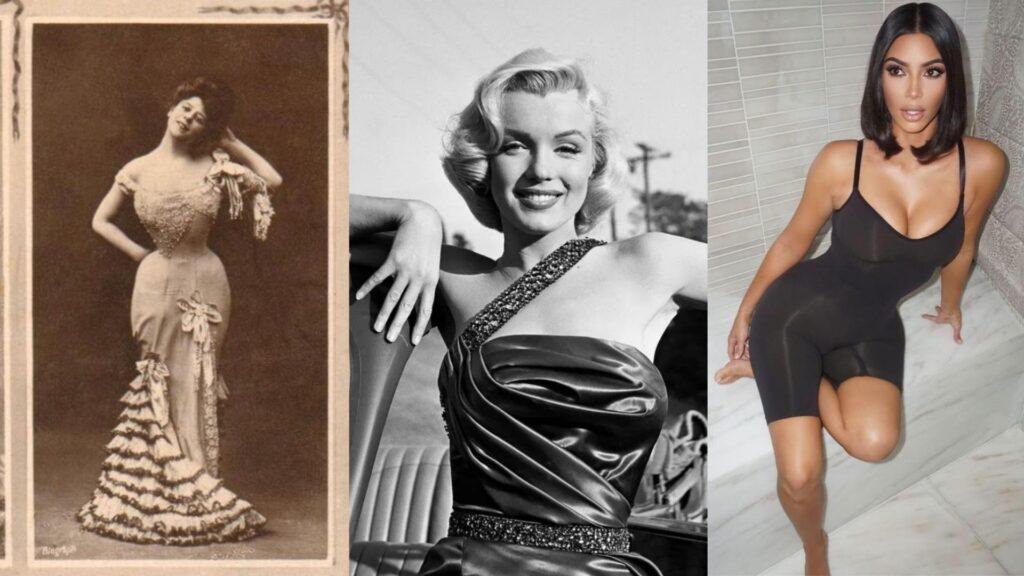Beauty standards: The evolution of beauty standards over time and across cultures, the impact of social media on beauty standards, embracing individual beauty, and breaking beauty stereotypes.
Beauty standards have been around for thousands of years, and have evolved significantly over time and across cultures.
These standards are often influenced by factors such as geography, history, religion, and social norms. However, with the rise of social media, beauty standards have become more globalized, and have a much wider reach than ever before.
The ancient Greeks, for example, valued physical beauty highly, and believed that beauty was a reflection of moral goodness.

They idolized the athletic, muscular male form, and saw women as objects of beauty, rather than individuals with their unique qualities. In contrast, the Renaissance period celebrated fuller, curvier women as the ideal of feminine beauty, as seen in works of art such as Botticelli’s “The Birth of Venus”.
During the 20th century, Hollywood significantly molded beauty ideals, with figures such as Marilyn Monroe and Audrey Hepburn establishing benchmarks for femininity and glamour.
In the 1960s, the ideal of beauty shifted to models like Twiggy. Extending to the “heroin chic” fashion of the 1990s and early 2000s.
However, in recent years, there has been a growing movement toward embracing diverse goddess standards. This includes recognizing the beauty of different body types, skin tones, and facial features. Additionally, many cultures have unique beauty standards that are just as valid as those in the Western world.
The impact of social media on beauty standards cannot be overstated.
Instagram, TikTok, and other platforms have created a new generation of influential beauty figures with millions of followers, impacting young people’s self-image.
These influencers often endorse an unrealistic beauty norm, fostering insecurity and low self-esteem among those who don’t align with it.
However, social media has also given a voice to those who challenge traditional beauty standards and embrace individuality. Hashtags like #bodypositivity and #selflove have gained traction, and influencers who promote diversity and acceptance are gaining popularity.
Recognize that beauty varies and doesn’t fit a single mold; it exists in diverse forms. Embracing individual beauty means celebrating our unique features and recognizing that there is beauty in diversity.
Breaking beauty stereotypes involves challenging media and cultural perpetuation of narrow, unrealistic goddess standards.
One instance is the body positivity movement, urging acceptance of all body types and self-acceptance.
This idea underscores that beauty isn’t related to weight or shape, and everyone should feel confident regardless of size.
Breaking beauty stereotypes also means recognizing that there is beauty in all ages, races, and genders. The beauty industry traditionally favored white, young, and thin models, but recent years have seen a push for diversity.
This includes featuring models of different ages, races, and body types in advertising and fashion campaigns.
Ultimately, the evolution of beauty standards over time and across cultures shows that there is no one ideal of beauty. While social media impacts goddess standards, it also fuels a movement embracing individuality and challenging stereotypes.
Recognizing diverse beauty fosters an inclusive, accepting society where all feel valued and beautiful. 온라인카지노
Be First to Comment